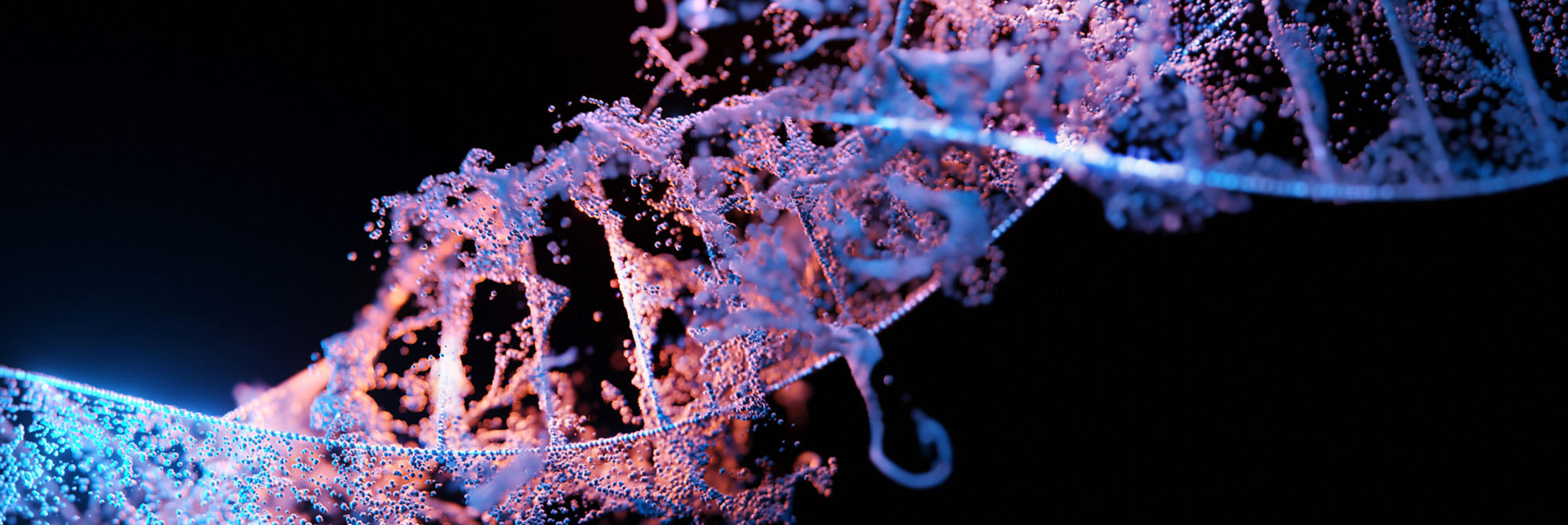Stuck for Ideas for Your Chemistry IA?
Are you struggling to come up with a captivating Chemistry Internal Assessment (IA) topic? Look no further!
In this blog post, we have compiled a diverse list of some amazing ideas that will hopefully spark your creativity and help you develop an outstanding IA of your own. Remember, personal engagement is crucial for a successful IA, so use these ideas as a starting point and tailor them to your unique interests and strengths.
It showcases how different topics in the IB Chemistry syllabus can be linked to real-world investigations. Moreover, don’t forget, plagiarism is not only discouraged but also undermines the purpose of this assignment. Let's dive into the exciting ideas!
Stoichiometric Relationships:
-
Vitamin C content of 'superfoods': Investigate if superfoods like kale and broccoli contain more vitamin C than oranges and peppers using redox titration.
-
The calcium content of various substances: Use EDTA titration to determine the amount of calcium in substances like tap water, milk, eggshell, and limestone.
-
Finding the relative molecular mass of washing soda: Utilize acid-base titration to determine the number of waters of crystallization in washing soda.
-
Investigating caffeine content: Employ colorimetry to assess the caffeine content in different teas such as white, black, and green teas.
-
Calculating absolute zero: Investigate the relationship between gas volume and temperature to calculate absolute zero accurately.
-
Identifying a hydrated salt: Use thermal decomposition to determine the formula of an unknown metal salt accurately.
-
Calculating the percentage iron in vitamin tablets: Compare the iron percentage in various tablets through redox titration and evaluate if expensive brands contain more iron.
-
The concentration of ethanoic acid in vinegar: Measure the ethanoic acid concentration in different vinegar types through titration with sodium hydroxide.
-
The amount of aspirin in a tablet: Determine the aspirin quantity in various tablets through back titration and observe if different brands vary in aspirin content.
-
The percentage copper in brass: Utilize redox titration to determine the percentage of copper in different brass types.
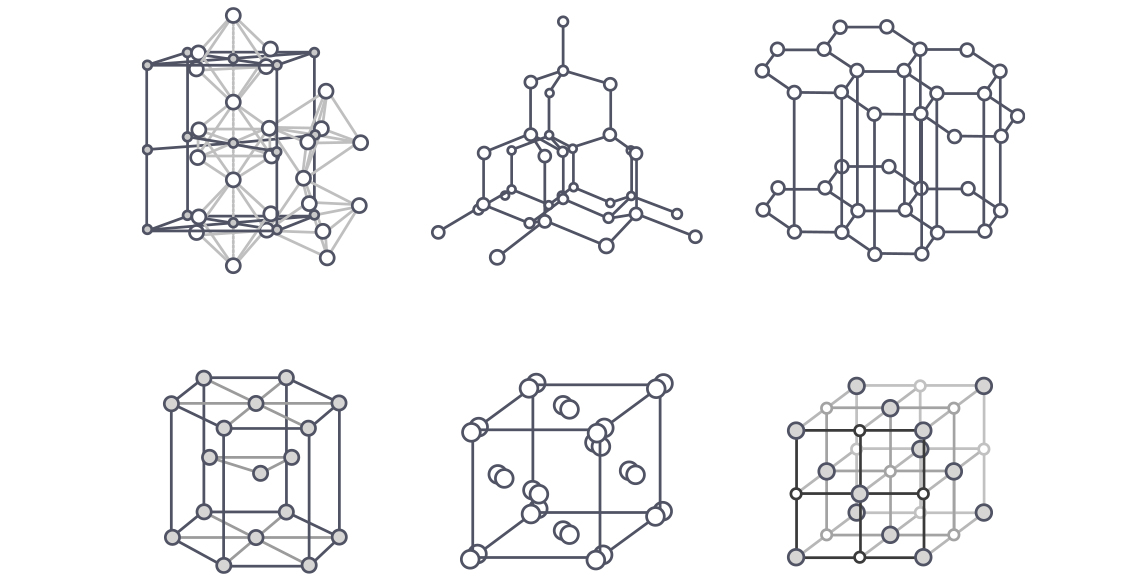
Atomic Structure:
-
Investigating fluorescence: Use spectrophotometry to study the fluorescence of chlorophyll and other biological pigments.
Periodicity:
-
Factors that affect the light absorbed by a transition metal complex: Measure light absorbance for different concentrations of copper (II) sulfate solution using colorimetry.
-
Microscale reactions of chlorine: Investigate the reactions of chlorine with halides and metals using microscale chemistry techniques.
-
Solubilities of halides: Utilize microscale chemistry to explore the solubility behavior of different halide salts and identify any trends.
-
Thermal stability of carbonates: Investigate the relationship between charge density and the thermal stability of different carbonates through thermal decomposition.
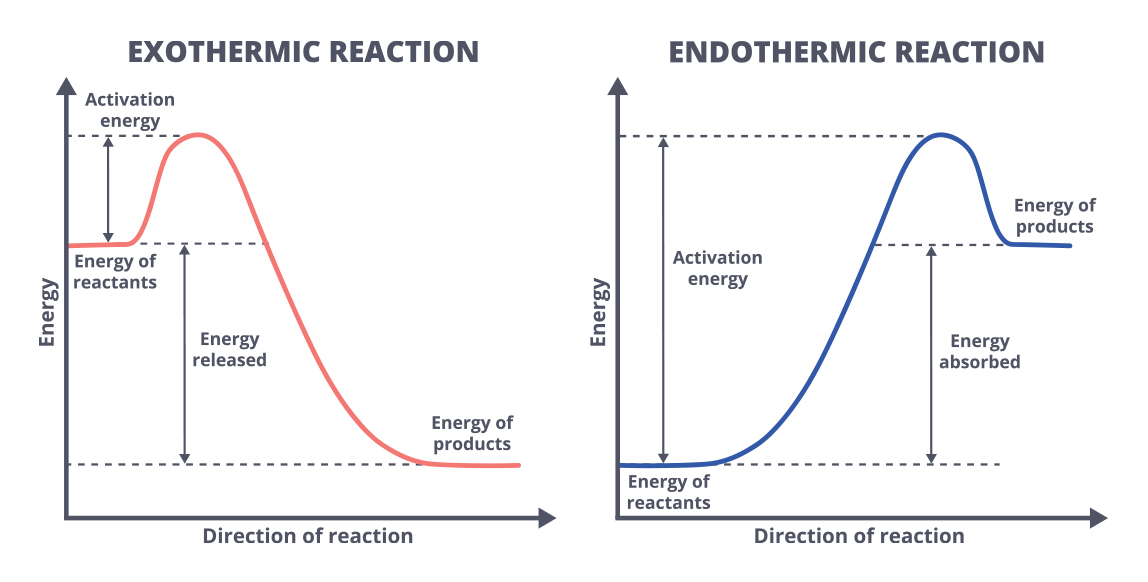
Energetics:
-
Finding and comparing the enthalpy change of combustion of alcohols: Use calorimetry to compare the enthalpy of combustion for alcohols with varying carbon chain lengths.
-
Determining enthalpy of neutralization: Investigate if the enthalpy of neutralization for different acids and alkalis is consistently around -55 kJ mol-1 using calorimetry.
-
Using Hess's Law: Determine the enthalpy for the hydration process by measuring the enthalpy changes for dissolving anhydrous and hydrated salts.
-
Calculate enthalpy change: Measure enthalpy changes for reactions involving magnesium and magnesium oxide with hydrochloric acid, and use Hess's Law to calculate the enthalpy of formation.
-
Investigating cooling pack chemistry: Employ calorimetry to identify suitable endothermic reactions for producing cooling packs based on cost and safety considerations.
Chemical Kinetics:
-
Glow stick kinetics: Determine the activation energy by measuring the light output from a commercial light stick at room temperature over time.
-
Which conditions denature lipases?: Investigate the effects of UV light, temperature, and pH on the rate of fat digestion by lipase to determine the most influential factor.
-
Investigating the hydrolysis of aspirin: Study the effects of pH and temperature on the rate of aspirin hydrolysis.
-
Determining activation energy: Measure the rate of a chemical reaction at different temperatures and use an Arrhenius plot to calculate the activation energy.
-
The kinetics of dye bleaching: Determine the rate law and rate constant for the reaction between common dyes and household bleach using spectrometry/colorimetry.
-
Investigating the rate of reaction between sodium thiosulfate and hydrochloric acid: Use the vanishing cross method to determine the rate equation for this reaction.
-
Catalysis of hydrogen peroxide decomposition: Measure the volume of oxygen evolved to compare the effectiveness of different catalysts (manganese dioxide, liver, potassium permanganate).
-
Finding a good catalyst: Use different acids to catalyze the esterification of propanoic acid and measure the unreacted propanoic acid through titration to evaluate the catalyst's effect.
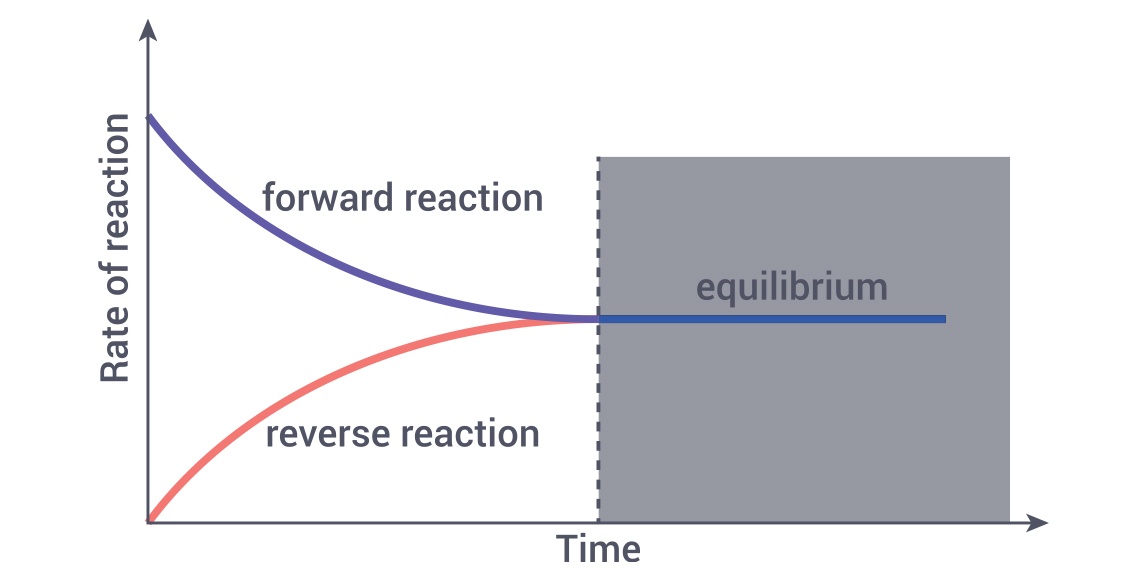
Equilibrium:
-
Investigating the qualitative effect of temperature on equilibrium: Observe color changes in cobalt complex solutions when heated and cooled to determine if the reaction is exo- or endothermic.
-
Determining an equilibrium constant: Measure the concentration of ester in an esterification reaction mixture over time using gas chromatography and calculate Kc for the reaction between propanoic acid and ethanol.
Acids and bases:
-
Investigate the effects of pH and substrate concentration on enzyme activity: Using amylase and starch as a model.
-
The efficiency of indigestion remedies: Compare the time taken to neutralize hydrochloric acid among various indigestion remedies (tablets, powdered tablets, and liquids) to determine their effectiveness.
-
Natural pH indicators: Extract natural indicators from plants such as purple peonies and red cabbage, determine pKa values using titration, and study their half-equivalence method.

Redox:
-
Investigate factors like voltage and electrolyte concentration to understand their effect on the thickness of the oxide layer during anodizing aluminum.
-
Electroplating: Explore the factors that affect the rate of electrolysis during metal electroplating and identify the optimum conditions.
-
Determining K and the Gibbs free energy for a redox reaction between iron and zinc: Measure the cell potential at various temperatures to determine if the reaction between iron(II) and zinc metal is spontaneous at 298K.
-
The dependence of electrode potentials on concentration: Use a voltmeter to study the relative reduction potential of various metals and the concentration dependence of voltage in concentration cells.
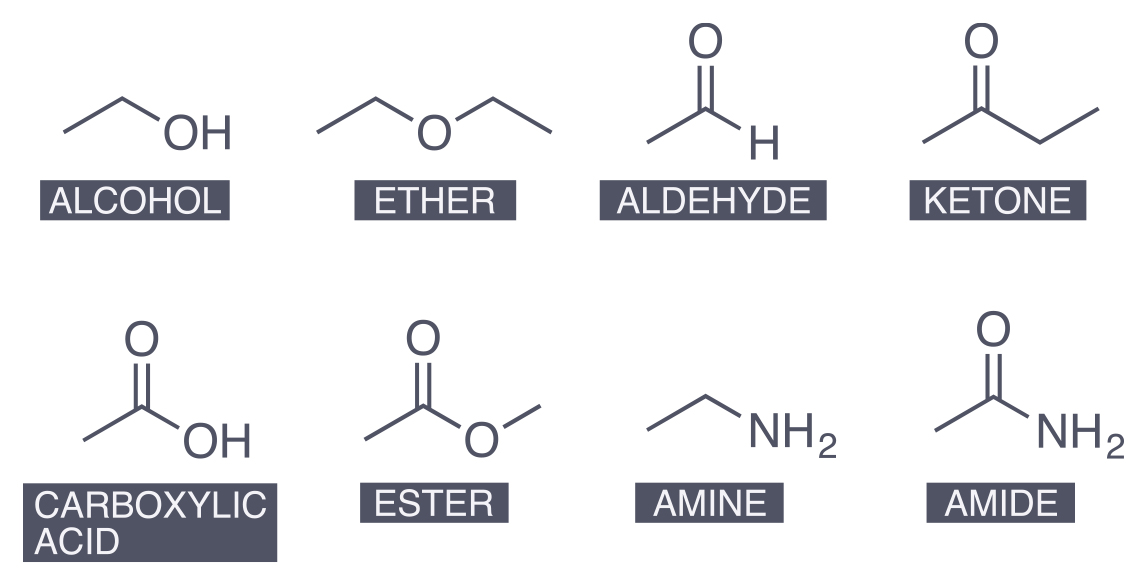
Organic Chemistry:
-
Alternative heating methods: Prepare compounds like aspirin using a microwave instead of a water bath and assess their purity using melting point determination.
-
Measuring iodine numbers: Determine the iodine number of different cooking oils to identify those with a higher proportion of unsaturated fats.
-
Factors affecting the stability of unsaturated fats: Investigate how light and temperature affect the stability of vegetable oils by measuring their iodine numbers.
-
Fragrance compounds: Synthesize different esters from corresponding acids and alcohols and compare their smell to commercial samples.
-
Microscale chemistry: Evaluate the effectiveness of microscale chemistry in synthesizing drugs like aspirin.
-
Synthesis of a sweetener from paracetamol: Assess the economic feasibility of synthesizing the sweetener Dulcin from paracetamol.
This list is intended as a starting point for inspiration and as examples of how different topics in the IB chemistry syllabus can be linked to real-world investigations.
Chemistry IA offers a range of captivating topics for exploration. Remember to maintain originality and personal engagement while designing your investigation. Utilize resources and guidance from experienced tutors. Embrace the challenge, unleash creativity, and create an outstanding IA that demonstrates your passion for chemistry.
Good luck!

